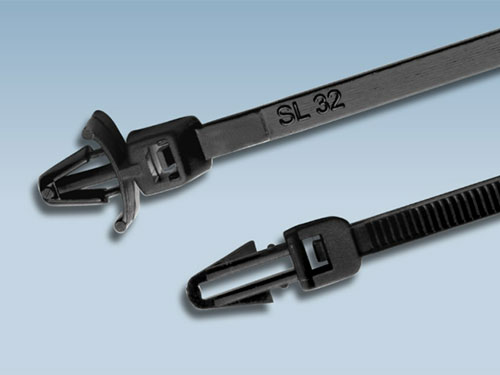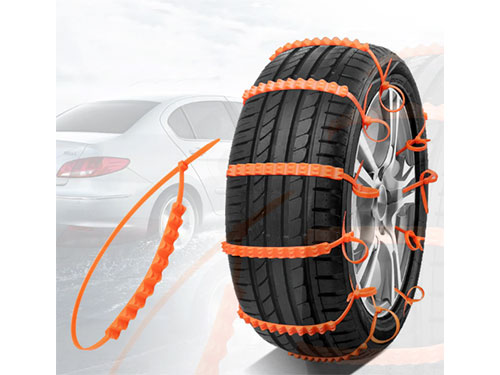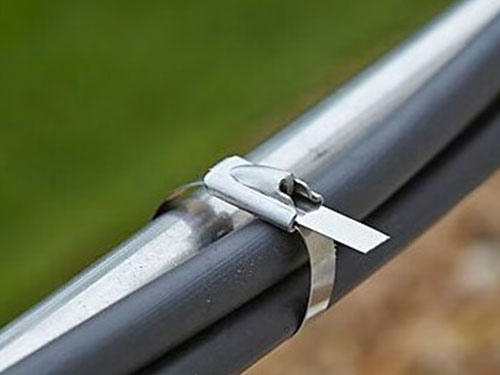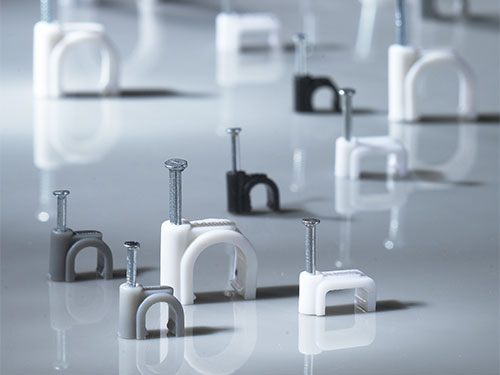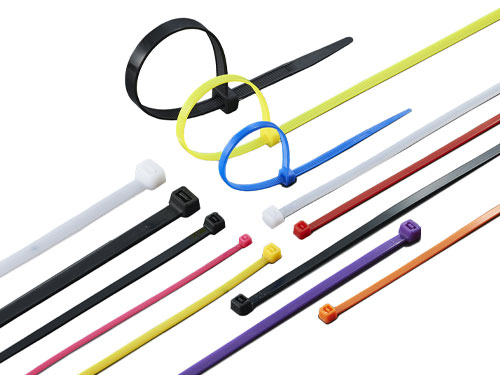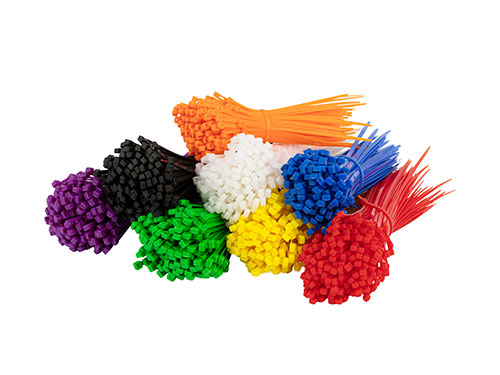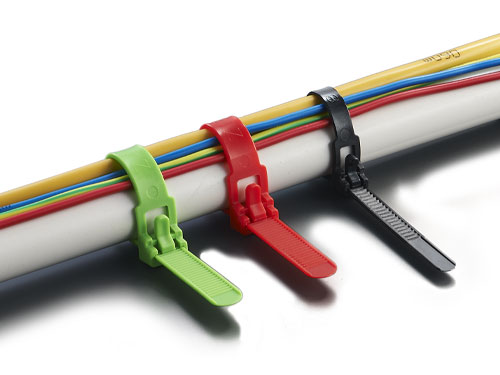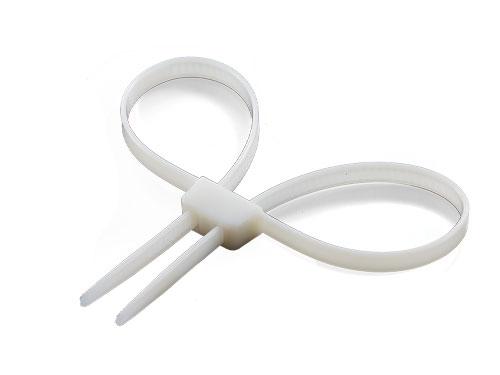A Guide to Understanding Cable Tie Tensile Strength
The durability and effectiveness of cable ties, commonly referred to as zip ties, are directly linked to their tensile strength. This measure represents the maximum force a cable tie can endure before breaking or failing, determined by factors like material composition and dimensions. In this guide, we'll delve into cable tie tensile strength to aid you in selecting the ideal option for your needs. Here's what we'll cover:
Understanding Cable Tie Tensile Strength
Cable tie tensile strength is the maximum load a cable tie can sustain before yielding or breaking. It serves as an indicator of the tie's robustness when subjected to pulling forces.
Tensile strength is typically expressed in pounds (lbs) or kilograms (kg), indicating the maximum load a cable tie can withstand without significant deformation or failure. Higher tensile strength values signify stronger ties capable of supporting heavier loads securely.
When choosing cable ties, consider the expected tension they'll face. Opting for the appropriate tensile strength ensures reliable fastening without risk of failure.
Different materials, such as nylon or stainless steel, yield cable ties with varying tensile strength values. Ensure your selection matches the demands of your application for dependable fastening.
Understanding Minimum Loop Tensile Strength
This refers to the minimum load the looped portion of a cable tie should withstand without breaking or deforming significantly.
When securing cables, the looped end of a cable tie is tightened to hold them together. The minimum loop tensile strength specifies the required strength for this looped portion to maintain its integrity and securely hold the cables or objects in place.
Factors Affecting Tensile Strength:
Material Type: Different materials have different tensile strength properties. Nylon is commonly used for its high tensile strength and durability.
Width and Thickness: Thicker and wider cable ties typically have higher tensile strength.
Rib Design: Some cable ties feature ribbed designs or reinforced heads, enhancing their tensile strength.
Environmental Conditions: Extreme temperatures, exposure to chemicals, and UV radiation can weaken cable ties over time, reducing their tensile strength.
Testing: Cable tie manufacturers conduct rigorous testing to determine the tensile strength of their products. Testing involves subjecting the ties to increasing levels of force until they break, with the maximum force recorded as the tensile strength.
Safety Margin: It's advisable to leave a safety margin when selecting cable ties. Choose ties with a significantly higher tensile strength than the anticipated load to account for any unexpected stresses or variations in operating conditions.
Note:
It is recommended to use professional measuring instruments for testing and check whether the tensile strength standard is reached according to international industry standards. Any measurement by hand is not accurate.
In conclusion
The tensile strength of cable ties is a critical factor in determining their durability and effectiveness. By understanding this measure and considering factors such as material composition and dimensions, you can select the ideal cable tie for your needs. Whether it's securing cables or bundling objects, choosing the appropriate tensile strength ensures reliable fastening without the risk of failure. Remember to also consider the minimum loop tensile strength when securing cables, and accurately measure cable ties to ensure they can withstand required loads effectively.

